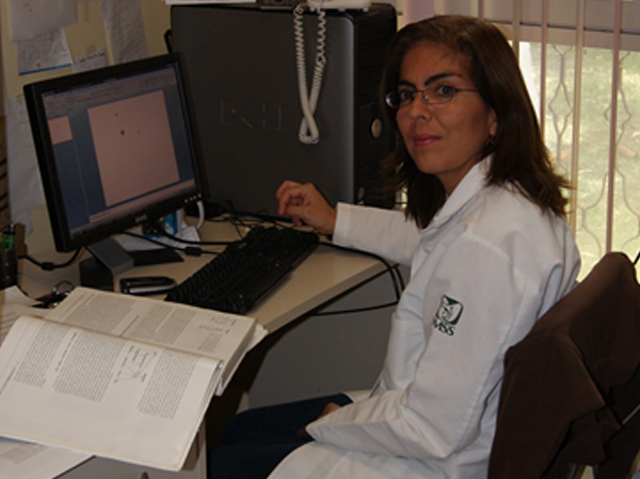
Cervical cancer is an important health problem in women living in developing countries. Infection with some genotypes of human papillomavirus (HPV) is the most important risk factor associated with cervical cancer. Little information exists about HPV genotype distribution in rural and suburban regions of Mexico. Thus, we determined the prevalence of HPV genotypes in women from Tlaxcala, one of the poorest states in central Mexico, and we evaluated age infection prevalence and risk factors associated with cervical neoplasm. A cross-sectional study was conducted in 236 women seeking gynecological care at the Mexican Institute for Social Security in Tlaxcala, Mexico. Cervical scrapings were diagnosed as normal, low-grade, and high-grade squamous intraepithelial lesions (LGSIL, HGSIL). Parallel samples were used to detect HPV genotypes by PCR assays using type-specific primers for HPV 6, 11, 16, 18, and 31. An epidemiological questionnaire was applied. Prevalence of HPV infection was 31.3%. From the infected samples, prevalence of HPV 16 was 45.9%; HPV 18, 31.1%; HPV 31, 16.2%; HPV 6, 10.8%; HPV 11, 6.7%. With regard to age, the highest HPV prevalence (43.5%) was found in the 18- to 24-year-old group and the lowest (19%) in the 45- to 54-year-old group. None of the risk factors showed association with cervical neoplasia grade. HPV 16 was the most common in cervical lesions. HPV was present in 22% of normal samples and, of these, 82.6% represented high-risk HPVs. Tlaxcala showed HPV prevalence comparable to that of the largest cities in Mexico, with higher prevalence for HPV 31.










